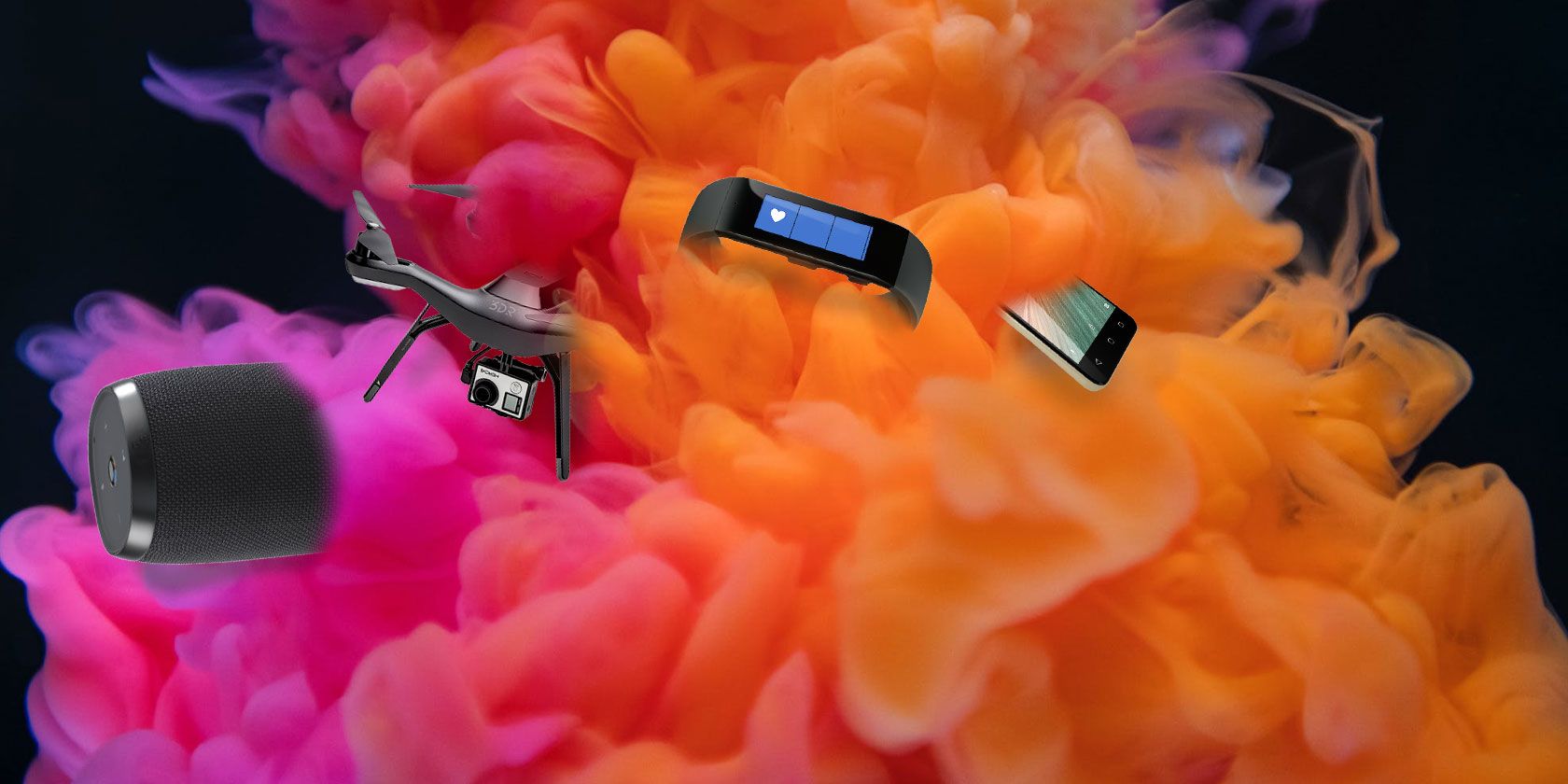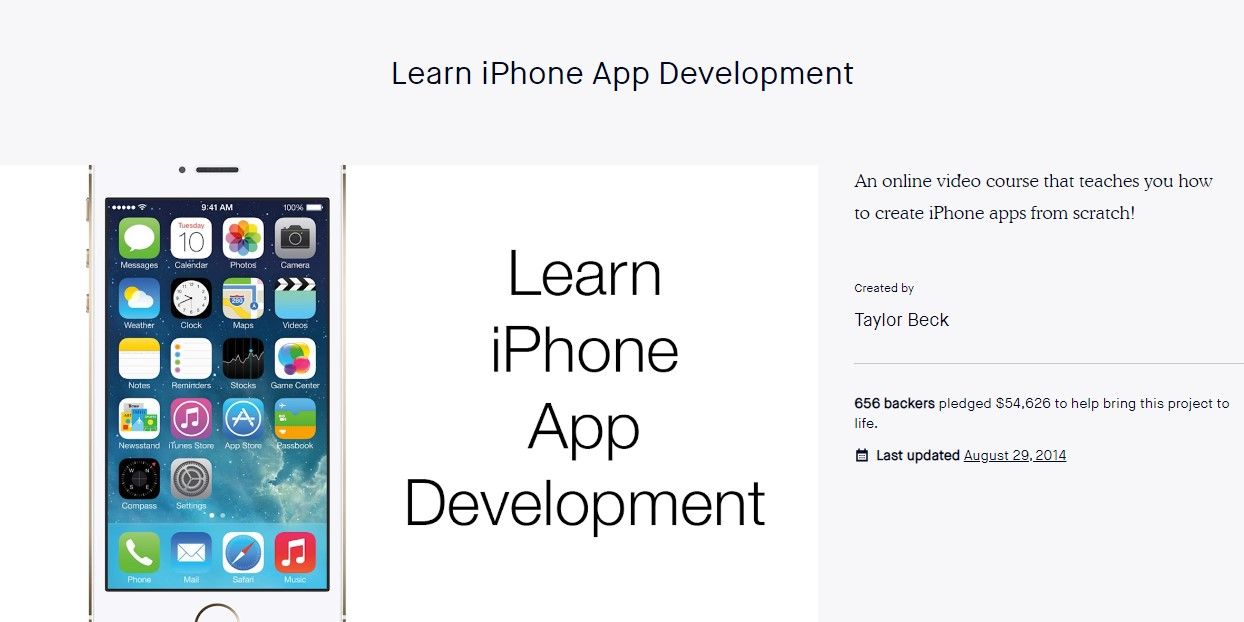You've read an article in the news about a product, service, or app that piques your interest. There's a lot of press around it with many exciting features. Perfect, you think. The company hasn't given a firm release date, but it's listed as summer that year.The summer months pass by with no word on a firm release date. So you take to your favorite search engine and find nothing written about the product beyond its initial coverage.What's going on? What happened? Well, you may have stumbled across a phenomenon known as vaporware.
What Is Vaporware?
In today's always-on, 24-hour rolling news cycle, it's all too easy for a company's new product to get lost in the noise. Traditional television and print advertising are expensive, and digital ads don't always engage customers. So what's a company to do? In an attempt to claw their way into our thoughts, they have learned to exploit hype.
Product launches, interviews, attendance at trade shows, and prototypes are all surefire ways of generating news stories. Many businesses even tie that attention to crowdfunding campaigns to capitalize on that interest.
In recent years, the tech industry has matured, so there are fewer genuinely innovative products. Investors, keen for growth, push their businesses to launch new and exciting products.
These product launches are often tied to annual events like CES (Consumer Electronics Show) and IFA (Internationale Funkausstellung Berlin). The major tech companies hold events in September and October to announce their new lineup in time for Christmas. Restricted by timelines and encouraged by investors, many tech firms advertise products before they are ready for release.
The media coverage has the desired effect and generates customer interest. However, without a product ready to ship, there's a lot that could prevent its eventual release. Production difficulties, design challenges, and feasibility could all stop product development in its tracks.
When the previously-announced product is laid to rest, the company often has no incentive to advertise its demise. We, as consumers, are left waiting with bated breath for a firm release date, but sometimes it never arrives. The product, which never materialized, is vaporware.
4 Examples of Vaporware
The specter of vaporware rears its head more often these days, but it has been a constant presence since the early days of modern computing. There are countless instances of misleading product announcements, but we've rounded up four notable examples.
1. Xenix
Long before the emergence of Windows, Microsoft developed a range of operating systems. The most influential was MS-DOS, which is widely credited for Microsoft's position as one of the largest technology companies in the world. However, in 1979 Microsoft purchased a license for Version 7 Unix from AT&T.
The agreement meant they couldn't call their product Unix, so it was renamed Xenix and sold exclusively to OEMs rather than end-consumers.
Personal computing was still in its infancy in the early 1980s, and the major technology companies of the time were battling for dominance. IBM and Microsoft had worked together on many projects earlier in the decade. However, in 1984 IBM spurned Microsoft's Xenix for Interactive Systems Corporation's PC/IX. Around the same time, AT&T began to market its own version of Unix, known as System V.
The combined effect meant that Microsoft lost interest in Xenix. The development team was pulled from the project and reassigned to the OS/2 project with IBM. No official announcement was ever made about Xenix's demise, but reports suggest that the origin of the term vaporware was a Microsoft developer when asked about the project's status.
Microsoft quietly sold the rights to Xenix to SCO in 1987.
2. Half-Life 2: Episode Three
Valve is probably best known for Steam, their video game distribution platform. Steam was launched in 2003 and now accounts for almost 20% of global PC game sales, with over a billion registered accounts. Before Steam, Valve produced the critically acclaimed first-person shooter gaming franchise Half-Life.
After two full-length games, Half-Life and Half-Life 2, Valve announced a trilogy of shorter games, Half-Life 2: Episodes One, Two, and Three. Episode 2 was released in October 2007 and scored 90 out of 100 on Metacritic.
Half-Life 2: Episode Three was scheduled for release before Christmas 2007. The festive season came and went with no word from Valve on the game's status. Concept art was leaked in 2008, but Valve still refused to comment. Many years passed with only fleeting references to Episode Three, although developers and writers occasionally discussed it during interviews.
In a 2015 interview, Valve's director Gabe Newell said that, in general, due to their management-less structure, game development only happens when a large number of employees decide to all work on a project together.
Many saw this as an implicit admission that Episode Three would never see the light of day. However, as of 2023, Valve has still not officially confirmed whether Half-Life 2: Episode Three has been canceled.
3. "Learn iPhone App Development" Kickstarter
Kickstarter is a juggernaut of crowdfunding. As of February 2023, the site has seen roughly $7 billion pledged to over 200,000 projects. As huge as those numbers sound, that accounts for just 40% of all projects, with the remaining 60% failing to hit their targets.
Anyone with access to the internet can start a project on the site. This has caused Kickstarter, and crowdfunding generally, reputational blows —thanks to scams, frauds, useless products, and project failures. However, as these sites allow creatives and designers to side-step the traditional routes to market for their product, they also lend themselves reasonably well to vaporware.
Programmer Taylor Beck launched his Kickstarter "Learn iPhone App Development" campaign in early 2014. Promising a series of training videos, the campaign surpassed its $2,000 target, eventually netting $54,626. However, two days before he was due to release the product, Taylor published an update:
"Hello Everyone, This is the final update before the release of all of the content in just two days! … The next time you will hear from me will be on the 30th, which is in 2 days from now. Make sure to check for the update then!"
Taylor Beck then disappeared. He closed his social media accounts, deleted his blog, and offered no further updates. Nine years on, and there has still been no update or explanation.
It's not clear whether Beck wasn't able to deliver on his campaign promises and panicked or whether he intentionally defrauded backers. Without confirmation, either way, Learn iPhone App Development earns its place in the ever-growing list of crowdfunding vaporware.
4. Potential Vaporware: Beyond Good & Evil 2
Beyond Good & Evil 2 has a running world record for the longest development time for an AAA game. It's been in development since 2008 and has yet to be released. Since vaporware is defined as products that "never" get released, Beyond Good & Evil 2 isn't technically vaporware—yet.
Despite this, 15 years is too long a time for development, and this makes Beyond Good & Evil 2 a prime example of potential vaporware. The first sequel was released in 2003, and soon after its release, designer Michel Ancel stated that the universe was too big to fit in a single video game and that he planned this to be the start of a trilogy.
This was enough for the fans to start speculating about Beyond Good & Evil 2. In 2008, after many leaks and rumors, Ubisoft finally announced that they have started working on Beyond Good & Evil 2. Since then, the game has gone through cycles of being completely forgotten and resurfacing until Ubisoft mentioned it again at E3 2018 (E3 is a major gaming expo held annually). They even showcased a trailer for it.
But that was it. No release dates, no new footage, nothing. There was one development, although rather backward, and it was Michel Ancel leaving Ubisoft back in 2020. He stated that Beyond Good & Evil 2 is in good hands, and Ubisoft later confirmed that the game is still in development.
Although not officially vaporware yet, the project's development history provides enough clues for fans to perceive it as vaporware.
How to Spot Vaporware
In general, the idiom "if it sounds too good to be true, it probably is" applies here. We all enjoy technology and get excited about the latest products and innovations. However, we still sometimes fall victim to effective marketing. Many media organizations also publish press releases word-for-word—making it tricky to find objective reporting.
If a company announces a new product that gets you passionate, critically examine what they've told you so far. Although not foolproof, there are some markers to watch out for. Is there a firm release date, or is it at some vague or unspecified point? Do their claims sound reasonable and achievable? Does the company have a good track record?
Things get a little trickier with crowdfunding campaigns. If the project reaches its goal, your money goes straight to the creator, with little opportunity for recourse. The same critical thinking applies here too, but there are some additional things to consider before backing a project.
Don't Buy or Invest Without Researching First
Vaporware isn't always easy to spot. If it was, it wouldn't ever catch investors out, and the term wouldn't exist. The best you can do is research every project as much as possible before investing, and keep your fingers crossed when you do!



